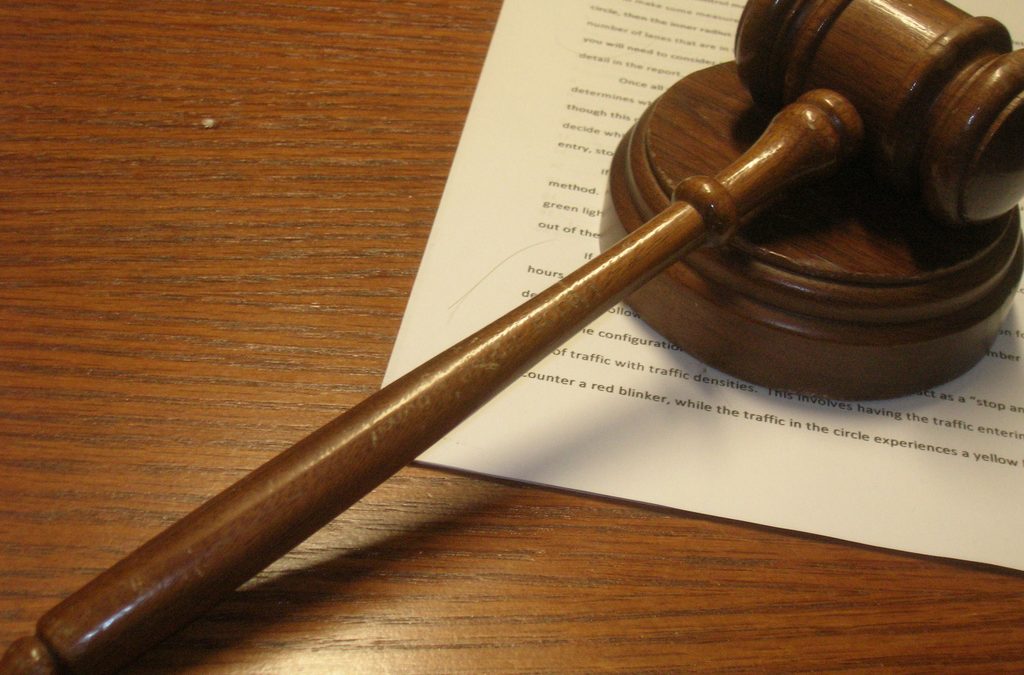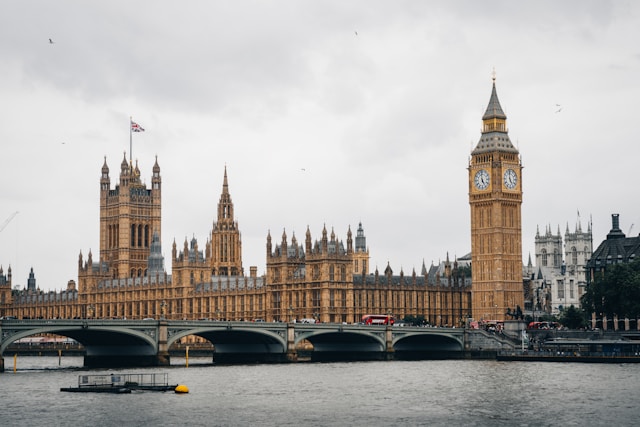
Red Pen at the Ready: Assessment 2 and 3 – Legal Writing and Drafting
November 20, 2012
Looking Ahead – Choosing Electives on the LPC
November 27, 2012Having looked last week at how hearsay is defined, it seems logical to look next at some of the exceptions to its general exclusion in criminal trials.
Probably the easiest to remember, and to forget in the heat of an exam, is Section 114(c) of the Criminal Justice Act 2003. This exception applies where all parties agree to the evidence being heard. Whilst we cannot speak from experience on the courts’ approach to this, it was a very simple ‘gotcha’ during one or two of our practical sessions. Certainly, on at least one occasion, the scenario was written such that if the defence team agreed to a piece of hearsay being included, they actually had the potential to benefit more from it than if it had been excluded. Worth remembering!
Next up is the second most obvious, Section 114(d), whereby the court rules it to be in the interests of justice for the evidence to be included. I refer you to your practitioner text of choice for a more in depth look at that one!
Then we get into the more complicated realm of Section 116 and unavailable witnesses. These range from the self evident problems of a dead witness (Section 116(2)(a)), to those less obvious, such as a foreign national who witnessed an event whilst on holiday (Section 116(2)(c)).
The precise complexities of each Section 116 exception are far greater than can be covered in a weekly column, but it is worth mentioning the exception under s.116(2)(e), that of a witness in fear. We found this to be a commonly used exception during the BPTC, as applications under this section very much involve a balancing of the two sides – the impact on the witness against the effect that the inclusion or exclusion of the evidence will have on the fairness of the trial as a whole. This must also be considered in light of Section 116(3), which requires ‘fear’ to be construed widely. This section made for some particularly spirited applications by our cohort during practical sessions, and laid the ground for some truly testing MCQs (multiple choice questions) and SAQs (short answer questions) during the mock and final exams.
Section 117 then deals with hearsay contained within business documents. There is sadly no shortcut to learning the requirements of this section, but they can very broadly be described as:
- the document being created or received by someone in business, and
- that the person creating or receiving it have personal knowledge of the contents, and
- if the document has been passed along, each person in the chain must have received it in the course of a business, etc.
That, I hasten to add, is an exceptionally rough and ready description, and certainly not one I would rely on as a revision note!
It is worth remembering, especially if you act for the defence, that when considering Sections 116 and 117, the court retains its ability to exclude evidence under the catch all Section 78 of the Police and Criminal Evidence Act 1984.
We will finish this week’s column with a quick mention of Section 118. This, interestingly, recreates or preserves some of the common law hearsay exceptions, and is therefore somewhat of a mixed bag. This includes exceptions such as evidence of public information, reputation, confessions, and admissions and expert evidence. Most of these, though, will be considered in their own right in later columns. Until then, it is worth remembering that, although often dealt with as independent topics during the course, they owe their roots to the rules of hearsay.
Although brief, we hope that this piece will prove helpful as a brief summary of some of the main exceptions to hearsay before you dive in and really get to grips with them. Remember, the practitioner texts really will help here, as will having a go at some of the imaginary scenarios provided to you by your tutors.





